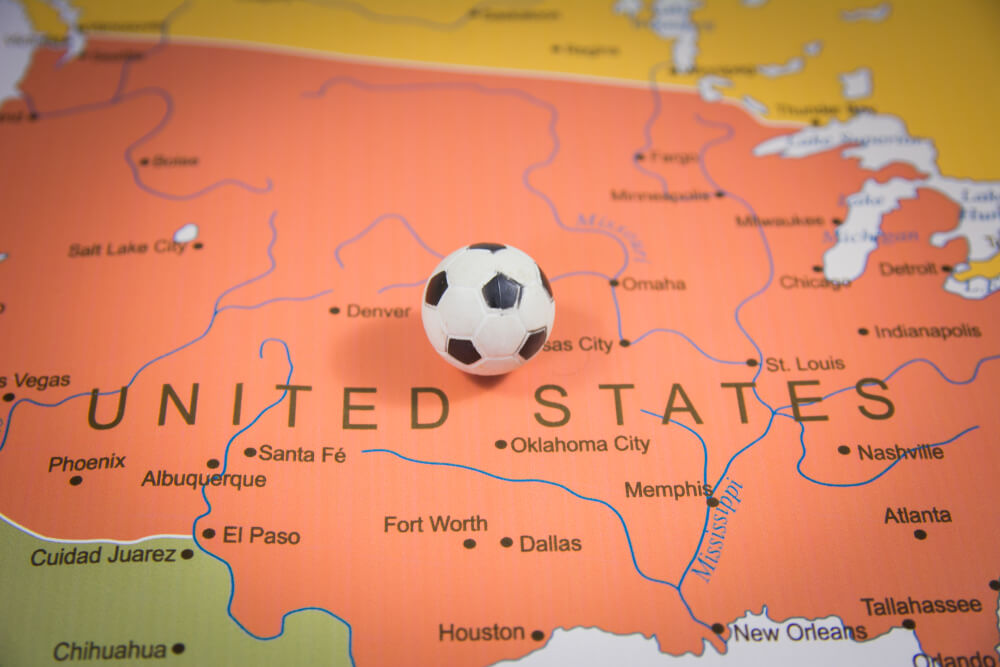Size, weight, structure, construction, kind, and quality of materials used are all factors to consider while looking for soccer balls.
The Ball’s Purpose
It’s crucial to think about where you’re going to utilize the first ball you pull from the shelf before you take it. Each terrain and situation requires a different soccer ball. Indoor, grass, beach, and professional soccer balls are all available in this case.
Soccer Ball for Professional Matches
A match ball is a soccer ball that is used in professional matches. Every feature, including weight, height, and form, is designed to maximize the players’ innate strengths and capabilities. All international bodies, including FIFA, recognize and approve professional match balls, which are labeled with an approval emblem.
Professional match balls contain at least five layers and are made of high-quality materials since they are used so frequently. To improve performance, its shape, bounce, balance, trajectory, velocity, and water absorption are all carefully regulated. Professional match balls are the most costly soccer balls, due to their high quality and stringent regulations.
Practice/Recreational Balls
Training balls are great for both training and fun. They are less costly and more durable than professional match balls since they are designed to be played consistently for a long time. This sort of ball is generally made up of four layers or less. Because the casing is composed of PVC, it is of inferior quality to a professional match soccer ball. A practice ball’s sections are usually molded together rather than sewn together. Rough surfaces, such as asphalt and concrete, are no match for these balls.
Soccer Balls with Promotional Value
You’ll probably come across promotional balls during your hunt. These are created with the express intention of promoting specific products, businesses, or events. They are generally tiny (size 1 or 2) and are not intended for professional or even training matches.
Soccer Balls for Indoor Use
Because the exterior material is similar to that used on tennis balls, this sort of ball is easy to identify. They’re usually around the same size as an outdoor soccer ball, and they’re about a size 5. Indoor soccer balls have a lower bounce to suit the grass and rougher surfaces that cover the walls of an indoor soccer field and playing ground.
Soccer Ball For Futsal
This ball bears no resemblance to a traditional soccer ball. To begin with, its bladder is filled with foam rather than air. The ball has a lower bounce and is heavier, in this case, to help it achieve its goal of being utilized on a hard surface indoors. Suede castings may be present on this size 4 ball, which aid in ball stability on a slick surface.
Soccer Balls for the Beach
These are often a size 5 ball that is lighter than a standard soccer ball. It has a gentler feel to it, making it ideal for barefoot use. Brightly colored beach soccer balls make them simple to detect on sandy beaches. They are also water-resistant, as they will almost certainly be kicked into the sand.

